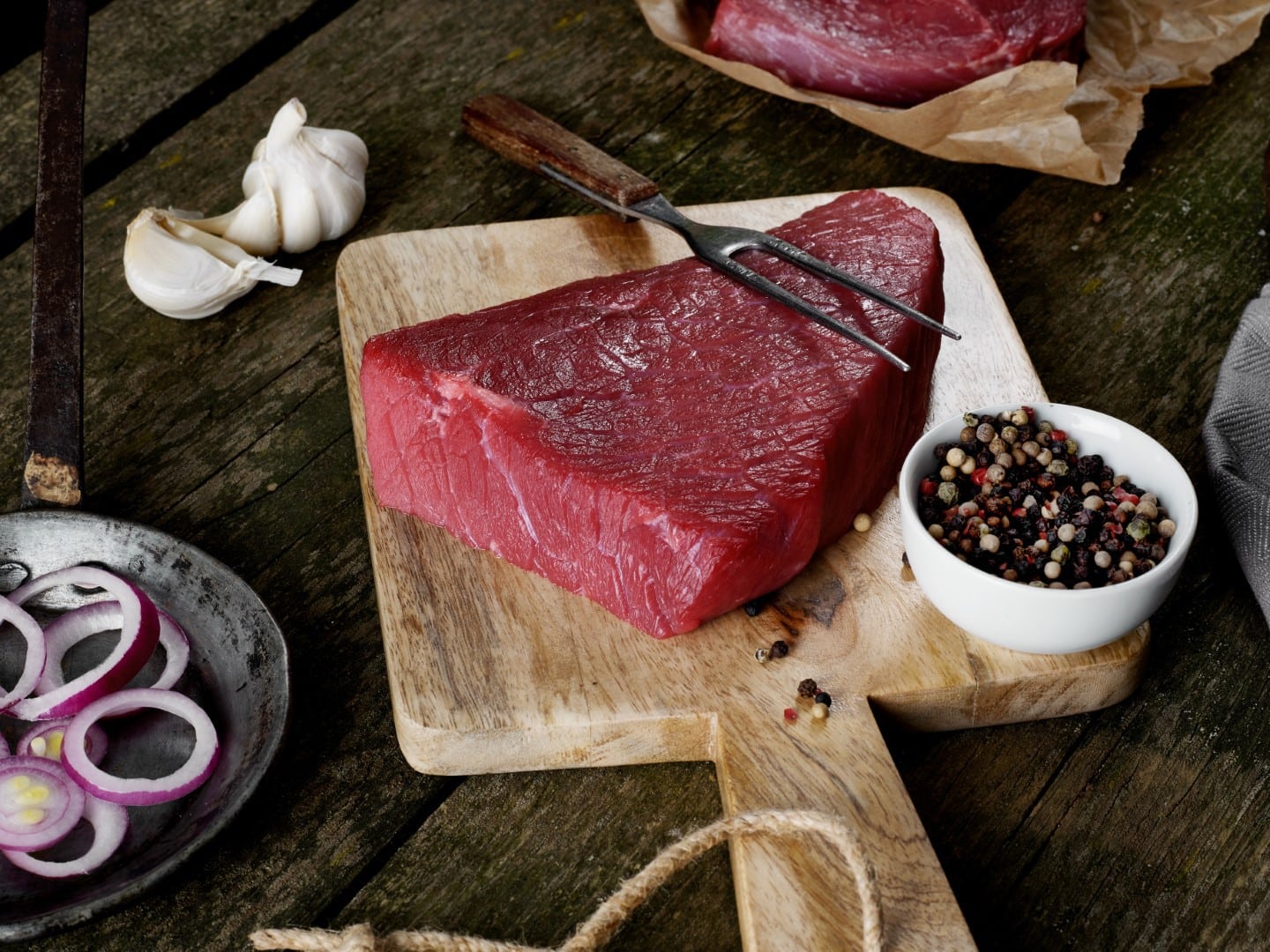
Program’s final public meeting scheduled for Monday, November 20
Sustainable Development Goals (SDGs)
Goal 2: Zero Hunger
- Protecting agricultural lands is crucial for ensuring food security and achieving Goal 2 of the SDGs.
- These lands play a key role in national security and safeguarding the food and timber supply.
Goal 15: Life on Land
- Many of the properties eligible for protection are located within Florida’s Wildlife Corridor.
- If these lands are lost to development, they may never be restored for agricultural production.
On Friday, November 17, Florida Commissioner of Agriculture Wilton Simpson issued the following statement ahead of the Rural and Family Lands Protection Program’s final public meeting scheduled for Monday, November 20, in Tallahassee to create a ranked list of agricultural lands eligible for protection:
TALLAHASSEE, Fla. – On Friday, November 17, Florida Commissioner of Agriculture Wilton Simpson issued the following statement ahead of the Rural and Family Lands Protection Program’s final public meeting scheduled for Monday, November 20, in Tallahassee to create a ranked list of agricultural lands eligible for protection:
“First, and most importantly, every single property on this list would be a tremendous asset to the state of Florida. These agricultural lands are key to national security and protecting our food and timber supply. Many of the properties are within Florida’s Wildlife Corridor, and if lost to development, they will likely never be put back into agricultural production. I can think of no better or more strategic land purchase investment for the state of Florida than these projects because of the partnership we have with true stewards of agriculture and our natural resources.
“If these projects are fully funded by the Legislature, Florida would realize the protection of nearly 400,000 additional acres of prime agriculture and conservation land, every property would remain on the local tax rolls, and every property owner would maintain the land according to state standards. It’s a triple win for the state.
“Creating a ranked list will be incredibly challenging. Our team listened to presentations offered by over 100 landowners and evaluated over 260 project applications. Their stories were moving and compelling, offering generational knowledge and pride in the land that helps to feed our state and nation
SDGs, Targets, and Indicators Analysis
1. Which SDGs are addressed or connected to the issues highlighted in the article?
- SDG 2: Zero Hunger
- SDG 15: Life on Land
The article discusses the Rural and Family Lands Protection Program, which aims to protect agricultural lands. This aligns with SDG 2, which focuses on ending hunger, achieving food security, improving nutrition, and promoting sustainable agriculture. Additionally, the program’s goal of protecting agricultural lands also relates to SDG 15, which aims to protect, restore, and promote sustainable use of terrestrial ecosystems.
2. What specific targets under those SDGs can be identified based on the article’s content?
- Target 2.4: By 2030, ensure sustainable food production systems and implement resilient agricultural practices that increase productivity and production.
- Target 15.1: By 2020, ensure the conservation, restoration, and sustainable use of terrestrial and inland freshwater ecosystems and their services.
The article mentions that the Rural and Family Lands Protection Program aims to protect agricultural lands, which contributes to the target of ensuring sustainable food production systems and resilient agricultural practices (Target 2.4). Additionally, the program’s focus on preserving agricultural lands aligns with the target of conserving and restoring terrestrial ecosystems (Target 15.1).
3. Are there any indicators mentioned or implied in the article that can be used to measure progress towards the identified targets?
- Technical score based on scientific metrics
- Agriculture score based on factors identified during site visits and GIS mapping features
The article mentions that the selection team used a technical score based on scientific metrics and an agriculture score based on factors identified during site visits and GIS mapping features to create a ranked list of agricultural lands eligible for protection. These scores can serve as indicators to measure progress towards the targets of sustainable food production systems and conservation of terrestrial ecosystems.
SDGs, Targets, and Indicators Table
| SDGs | Targets | Indicators |
|---|---|---|
| SDG 2: Zero Hunger | Target 2.4: By 2030, ensure sustainable food production systems and implement resilient agricultural practices that increase productivity and production. | – Technical score based on scientific metrics – Agriculture score based on factors identified during site visits and GIS mapping features |
| SDG 15: Life on Land | Target 15.1: By 2020, ensure the conservation, restoration, and sustainable use of terrestrial and inland freshwater ecosystems and their services. | – Technical score based on scientific metrics – Agriculture score based on factors identified during site visits and GIS mapping features |
Behold! This splendid article springs forth from the wellspring of knowledge, shaped by a wondrous proprietary AI technology that delved into a vast ocean of data, illuminating the path towards the Sustainable Development Goals. Remember that all rights are reserved by SDG Investors LLC, empowering us to champion progress together.
Source: morningagclips.com

Join us, as fellow seekers of change, on a transformative journey at https://sdgtalks.ai/welcome, where you can become a member and actively contribute to shaping a brighter future.





